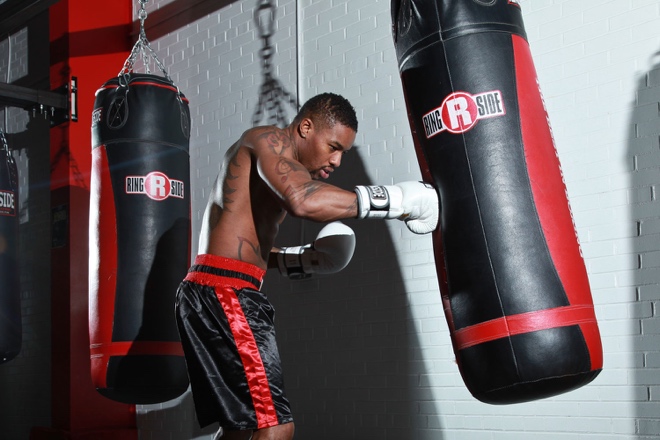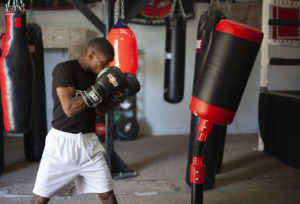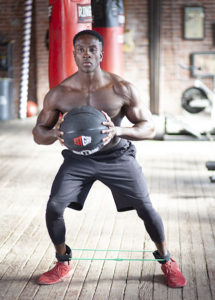Movies, TV, and countless training montages have taught us that a fighter’s diet needs to be highly specialized to be effective.

In reality, a fighter’s nutrition plan has a lot in common with your basic “sensible diet”. It only varies in how much you eat and how often.
In this blog, we lay out our guide for a proper fighter’s diet. This will help you to not only get through your training, but get the most from it.
Continue reading “A Fighter’s Guide to Nutrition and Diet”

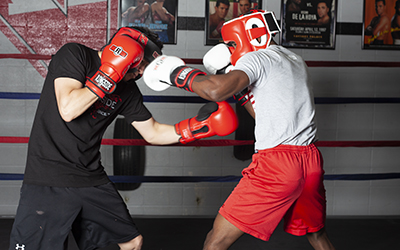
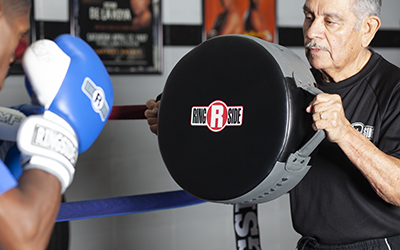
 Core strength is the unsung hero of a fighter’s physical development. It is the link in the chain that transfers strength and power from the legs to the arms and fists.
Core strength is the unsung hero of a fighter’s physical development. It is the link in the chain that transfers strength and power from the legs to the arms and fists. 
